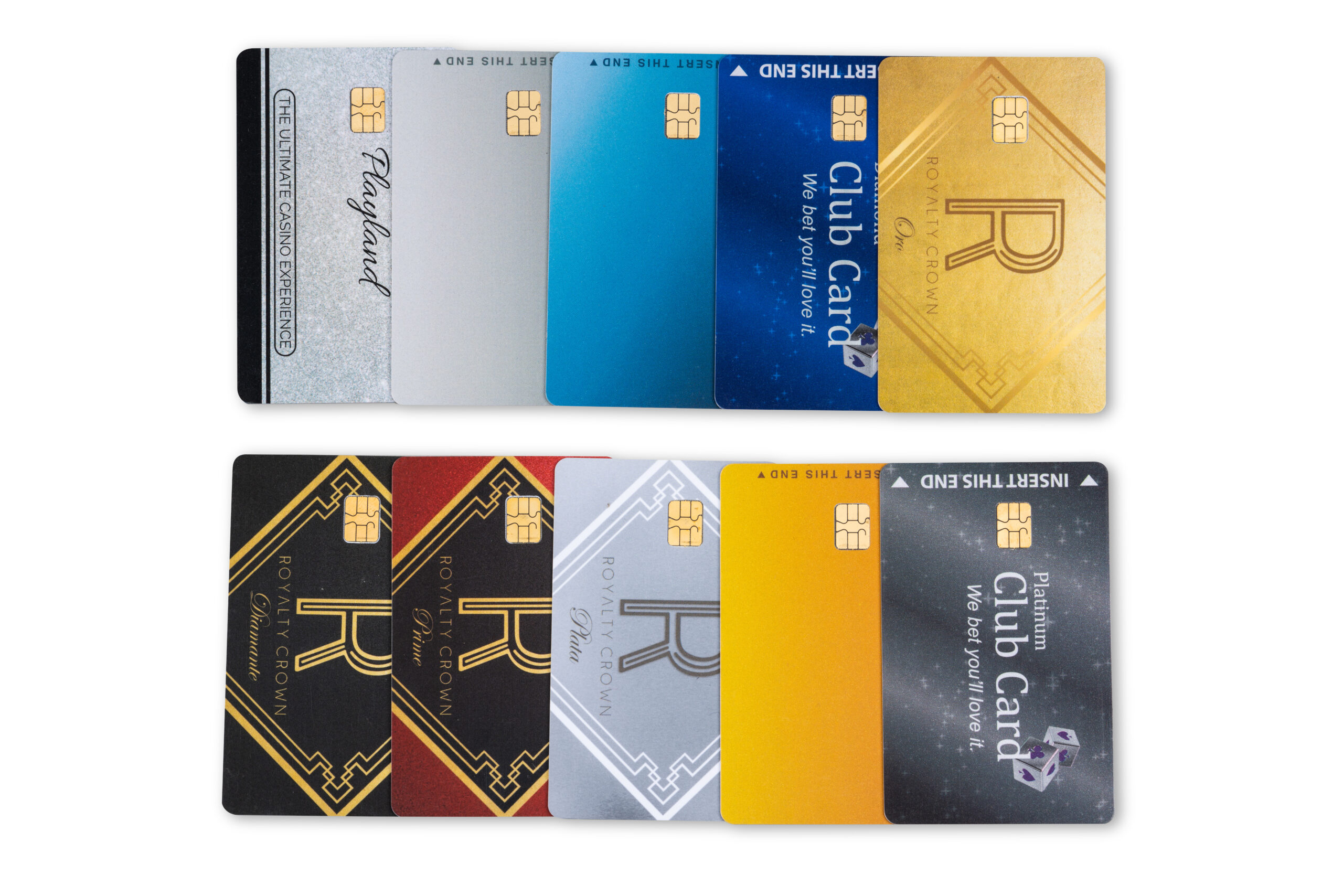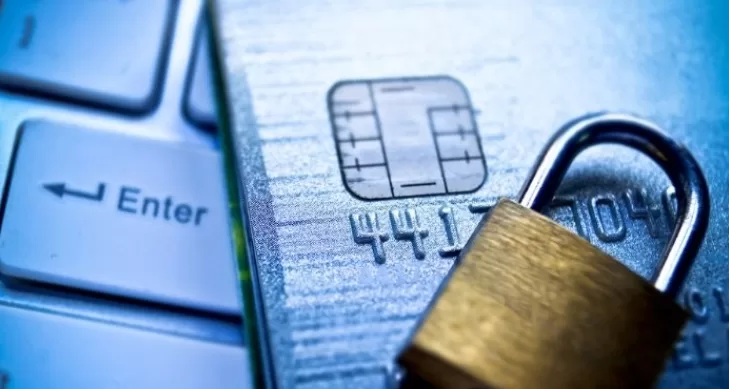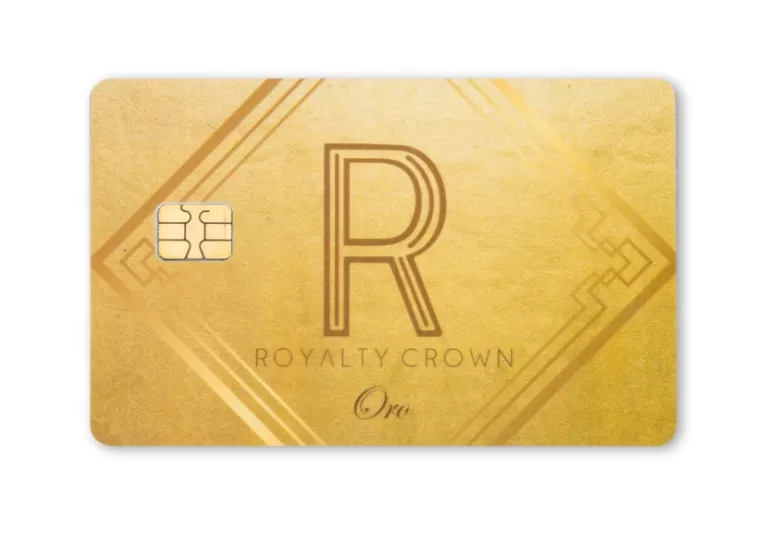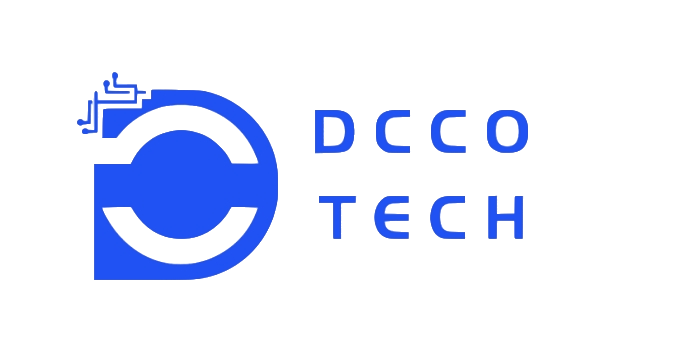
What encoding standards are used for smart chip card 4442?
Smart chip cards have revolutionized the way businesses store and access data, particularly in industries that require secure data exchange. People widely recognize the Smart Chip Card 4442 for its strong security features and versatility.
Overview of Smart Chip Card 4442 and Its Applications
Smart Chip Card 4442 is a memory card popular for its versatility and advanced data protection features. Unlike magnetic stripe cards, smart chip cards store data in a secure storage chip embedded within the card, making them more resistant to tampering and fraud.
Businesses often use these cards in applications such as access control, loyalty programs, transportation, and even e-wallet systems. Industries that require data security and ease of use have widely adopted these cards due to solid encoding standards that ensure reliability and interoperability across systems. The Smart Chip Card 4442 employs a specific set of encoding standards that dictate how it stores, reads, and protects data within the chip.

What encoding means for data integrity
In the context of smart chip cards, encoding refers to the process of writing data to the card in a format that a compatible reader can read and interpret. The Smart Chip Card 4442 utilizes encoding standards designed to enhance data storage security and efficiency while ensuring seamless operation across various platforms.
The Smart Chip Card 4442 utilizes a combination of EEPROM technology, allowing you to read and write data. This particular card features 256 bytes of EEPROM memory, equipped with a 3-byte security code protection mechanism that ensures only authorized users can access or modify the stored information. Proper encoding is crucial for maintaining data integrity and preventing unauthorized access.
ISO Standards Governing Smart Chip Card 4442
One of the critical encoding standards applicable to Smart Chip Card 4442 is the ISO/IEC 7816 standard, which governs the specifications for smart cards used for identification and financial transactions. This international standard outlines the physical characteristics, communication protocols, and data security features of the card.
The ISO/IEC 7816 standard ensures that the Smart Chip Card 4442 can be universally used across different systems and industries. It specifies how data is encoded onto the card and how the card communicates with the reader. This standard ensures interoperability, meaning that one system can read a card encoded in another system as long as both follow the ISO/IEC 7816 standard.

Security Features and Encoding Protocol
One of the standout features of the Smart Chip Cards 4442 is its advanced security encoding protocol. These cards use a unique 3-byte security code that prevents unauthorized users from accessing or altering stored data. This personal identification code protection ensures that only individuals with the correct security credentials can access sensitive information on the card.
Additionally, the encoding process on the Smart Chip Cards 4442 ensures that data is stored in a tamper-proof manner. If an unauthorized individual attempts to access the data through brute force or other means, you can program the card to lock itself after a certain number of incorrect attempts, further enhancing its security features.
Compatibility with Contact Card Readers and Encoding Standards
The design of the Smart Chip Cards 4442 enables it to work with a contact card reader, a device that reads the data stored in the chip when the card is physically inserted into the reader. Encoding standards securely and reliably transmit data during this process, minimizing the risk of data corruption or loss.
In terms of compatibility, the Smart Chip Cards 4442 adhere to global encoding standards, enabling use with a wide range of readers and systems. This level of compatibility is critical for businesses and consumers who rely on these cards in various environments, from securing access to restricted areas to managing customer loyalty programs. Encoding standards ensure that the card functions consistently across all compatible systems.

Customizability and Encoding Flexibility
One of the main benefits of the Smart Chip Card 4442 is its flexibility in customization. Businesses that require specific encoding parameters for their applications can program the card accordingly. Different industries may need to store various types of data on the card, such as personally identifiable information, transaction history, or access rights.
The encoding standards for the Smart Chip Card 4442 permit this level of customization, allowing companies to tailor the card’s functionality to their specific needs. Businesses in highly regulated industries or those that require compatibility with existing systems find this flexibility essential.
Future and Evolving Encoding Standards
As technology continues to advance, so too do the encoding standards for smart chip cards such as the 4442. Future developments in encryption, data storage, and communication protocols may enhance these cards’ capabilities, making them even more secure and versatile.
Understanding the latest encoding standards is crucial for businesses and consumers to ensure they are investing in the most up-to-date, secure technology. The intelligent chip card 4442 already provides a solid foundation for safe data storage and transmission, but continued improvements in encoding standards will further enhance its value.

Understanding the Importance of Chip Card 4442 Encoding
Understanding the encoding standards used by smart chip cards 4442 is essential for businesses and consumers who need a secure and reliable data storage solution. From compliance with international standards to advanced security features, these cards offer a range of benefits that make them suitable for various applications.


